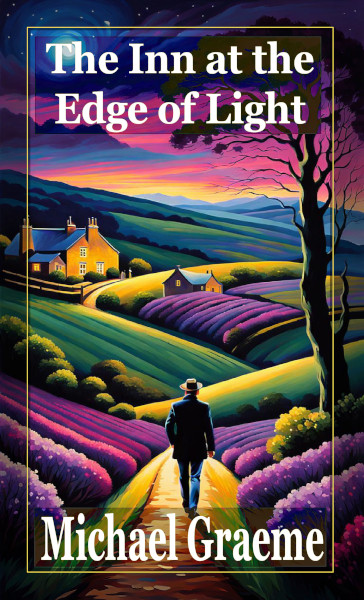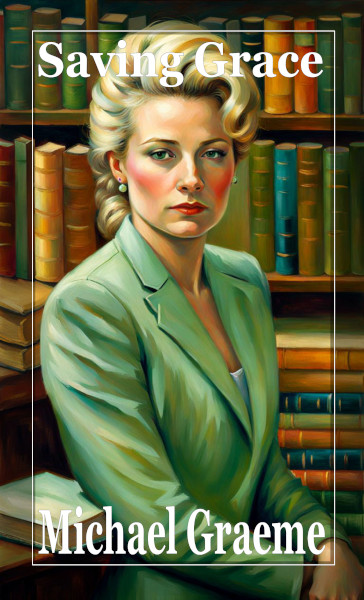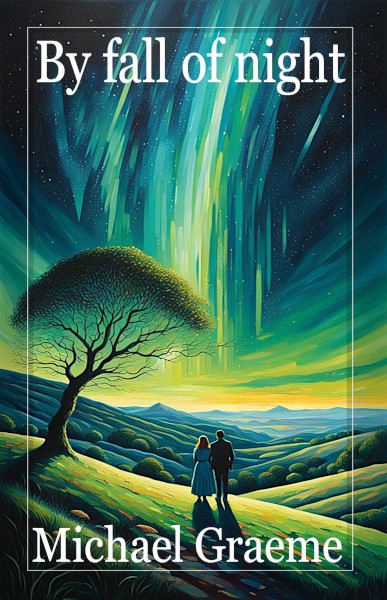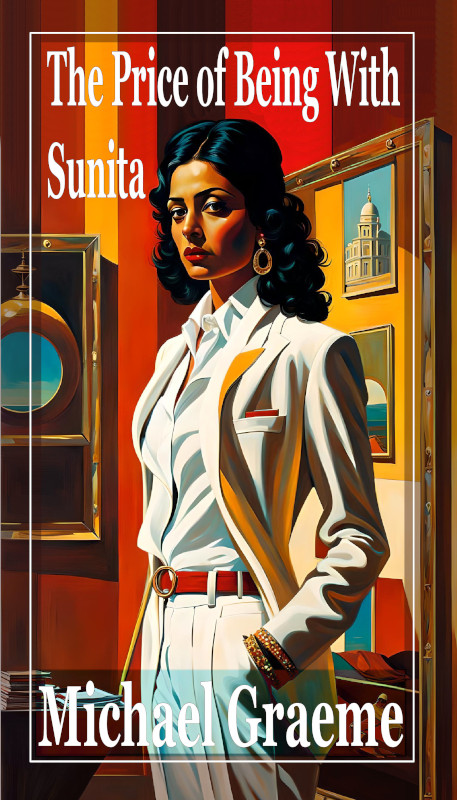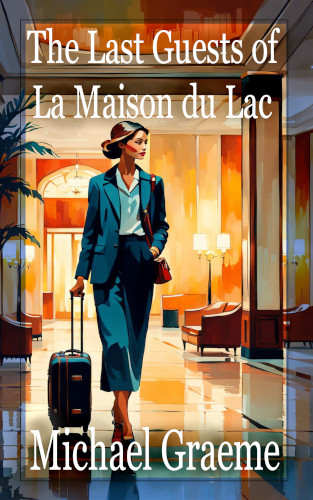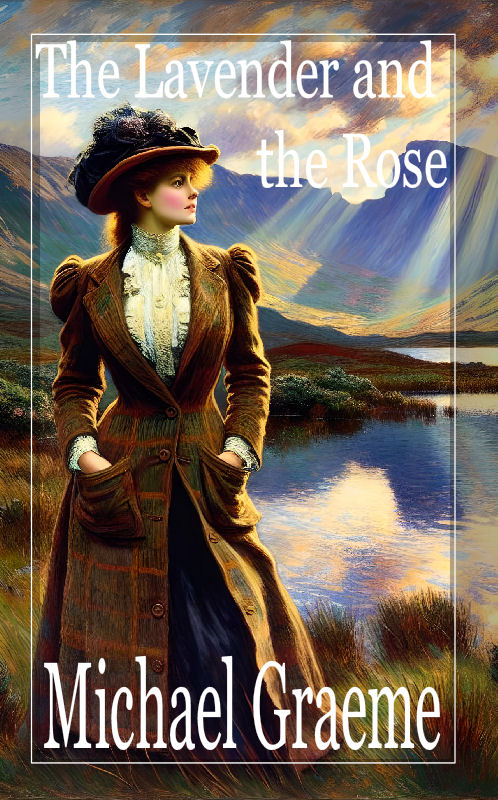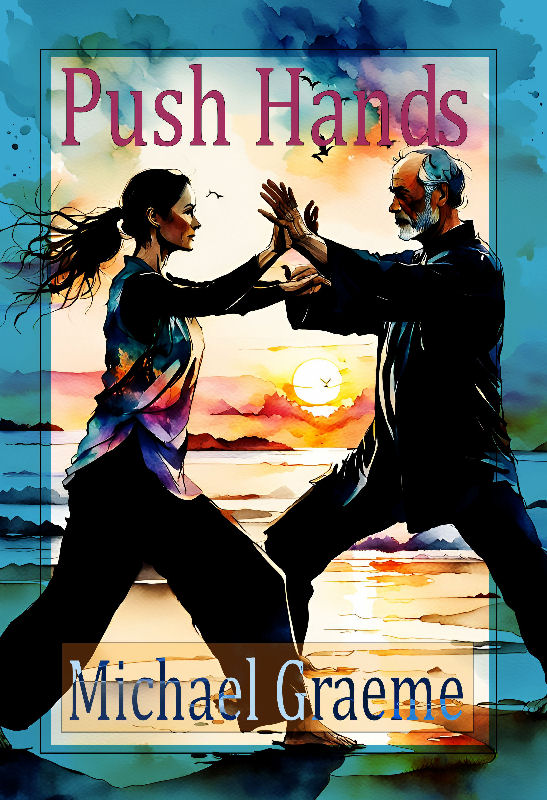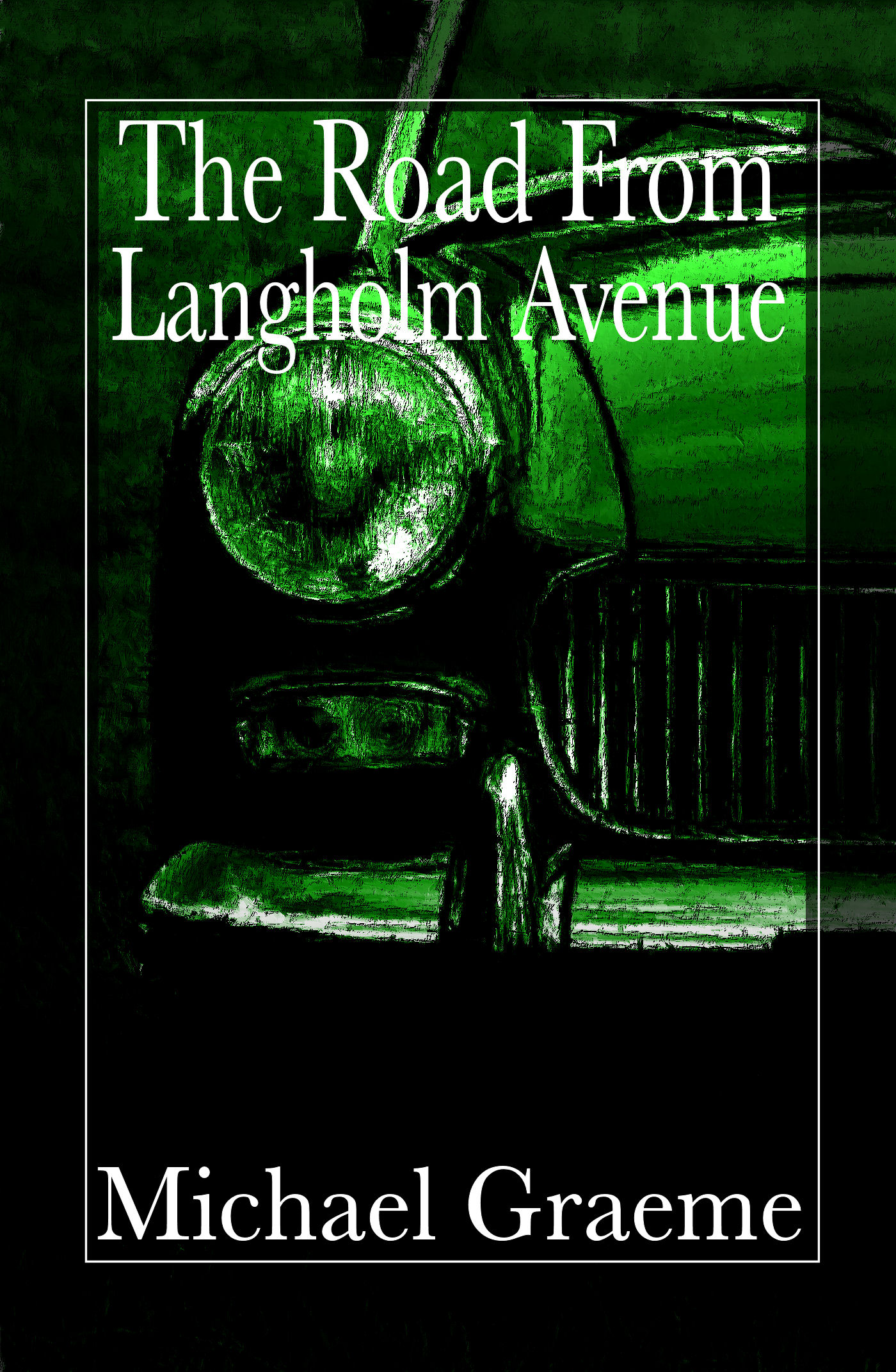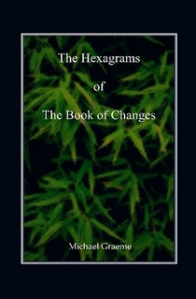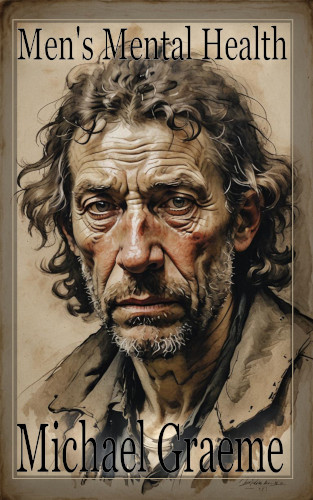
A short run out today, to Appley Bridge, and the little car park down by the canal. A week of storms has finally blown itself out and the full moon has ushered in a period of calmer, brighter weather. The little blue car hasn’t been out for weeks, and she only just started, on the last dregs of the battery this morning. But she’s perky enough now, and enjoyed the familiar run along the twisty little lanes through Wrightington.
As we descend the long hill from Dangerous Corner, into the village, we pass Skull House Lane, and the old stories come back to me. There’s a coincidence here, too, since we were only talking about the Arthurian connection to the region in our last piece. As the name suggests, there is a house with a skull in it, and various stories attached. Some tell of the civil war, a time when priests were hunted down and killed, others go further back to the battles of King Arthur, which we Lancastrians insist were fought along the banks of the Douglas. As with most things of this sort, the truth is impossible to get at, meanwhile the skull becomes its own story. It’s called Charlie, by the way – even though modern analysis suggests it’s the skull of a woman.
I’ve not used this carpark before, and I’m partly checking it out before meeting a friend here for another adventure, in a few weeks time. It’s tucked away a bit, past the little cottages that make up the Canal Row, but it’s a decent spot for a rendezvous. The plan today is to walk the canal as far as Parbold, then return along Wood Lane, to the Fairy Glen. I used to live in Parbold, and would walk this route from the other end, so it’ll be interesting to see how much of it I remember, how much of it has changed.
The first thing that strikes me is that the towpath seems freshly laid with grit, and is in superb condition. The immediate environs aren’t the best, however, with the towering chemical tanks of the bituminous felt works peering ominously over the treetops, but we soon leave those behind. We talked about the soul of a landscape in the last piece, and I’m thinking about that again today, about what it is that makes a landscape special.
Appley Bridge has a long history of industry, some of it now derelict, and overgrown, some of it sparkling new. Its various encroaches into the countryside do rob the locale of a sense of escape into another dimension. But is the soul of a landscape purely about the absence of a human presence? I don’t think so. An unobtrusive cottage nestled, sympathetically, on a hillside can add something to a scene, even rescue it from desolation. But what is “unobtrusive”? What is “sympathetic”? And are these merely subjective notions?
This is one of the most attractive stretches of the Leeds Liverpool canal. But it’s at its best where the straight lines disappear, say where the waterway takes a bend or the lines sweep up over the beautifully constructed bridges. I dare-say we wouldn’t build bridges like that today. We’d just lay down some reinforced concrete in a single span, all straight lines and utility. But then I suppose the old navigators would have done the same, if they’d had access to the same technology.
There are several barges moored up, some of them little more than rusting hulks, sagging towards the stern as the murky brown water gets in. In the summer months, a houseboat might seem an attractive proposition, but seeing them in winter knocks the romance out of them for me.

We walk as far as bridge number 39, at which point we leave the canal and head up the little Chapel Lane to Wood Lane. This much should be familiar to me, but it’s over thirty years since I walked it, and don’t remember it at all. At the junction with Wood Lane, we turn right and head back towards Appley Bridge. The lane is metalled some of the way, giving access to farms and remote residences.
Like the canal section, Wood Lane is very straight and, same as by the canal, we’ve had shouty signs wagging their judgmental fingers at us. Bright and rectangular. Straight lines and sharp corners. Thus far we’ve had: KEEP OUT/PRIVATE/CLEAN UP AFTER YOUR DOG/DO NOT TAKE WOOD FROM THIS WOODLAND/ NO FOOTPATH/ NO RIGHT OF WAY.
The lane ends at the attractive dwelling of Gillibrand House, and continues as a green way. At first glimpse, it appears to have been claimed by a private, gated drive. Without our OS maps to confirm a right of way, this might prove discouraging of further exploration, and I admit to a moment of doubt here, but then the kissing gate reveals itself and on we go.
Logging and forestry is much in evidence from here on, with paths churned to bog by heavy vehicles. More notices shout at us, telling us to keep out, and not to climb on the log-piles. Then just as we are tiring of ever finding some soul, the way opens into meadows that have the looks of posh landscaping about them.

Here there’s a lone thorn tree worth a shot, but the upright post next to it speaks again of straight lines, and I feel the scene would be better without it. Would it be deceitful to clone it out, do you think? Then, up on the skyline, we have the back of Parbold Hall. In the 1790’s, this was home to Thomas Eccleston, the man who drained Martin Mere. More recently it was the home of Sir Peter Moores, son of the founder of Littlewoods Football Pools. It was a wreck when he took it on in the late 1950’s, and it owes much of its present glory to his care and investment. It went on sale in 2012 for around 9.5 million, and is currently home to local tycoon Martin Ainscough, former High Sheriff of Lancashire. It’s worth noting that the estates surrounding such big houses as these tend to have a rounded, curving quality about them. They are like nature, but more manicured.

So anyway, now we’re down to the Fairy Glen, a scrap of ancient woodland that follows the course of Sprodley Brook. It suffers somewhat from its own attractiveness, its proximity to suburbia, and a name that brings more than the usual problems for a natural habitat. There are reports of its informal Disneyfication with little fairy doors and glitter (as well as litter) being strewn about, all of which further add to the stresses of encroaching balsam, knot weed and giant hog weed the volunteer wardens have to deal with.
I used to know a song about straight lines. How did it go again:
Finally, the footpath picks up the backs of houses, and leads us down to the busy main road, opposite Skull House Lane. This returns us to the canal and the little blue car. I’m not sure if we solved anything with our ruminations on straight lines, but it was good to catch up with the area again. About four and a quarter miles round, six hundred or so feet of up and down, and mostly easy going.





























